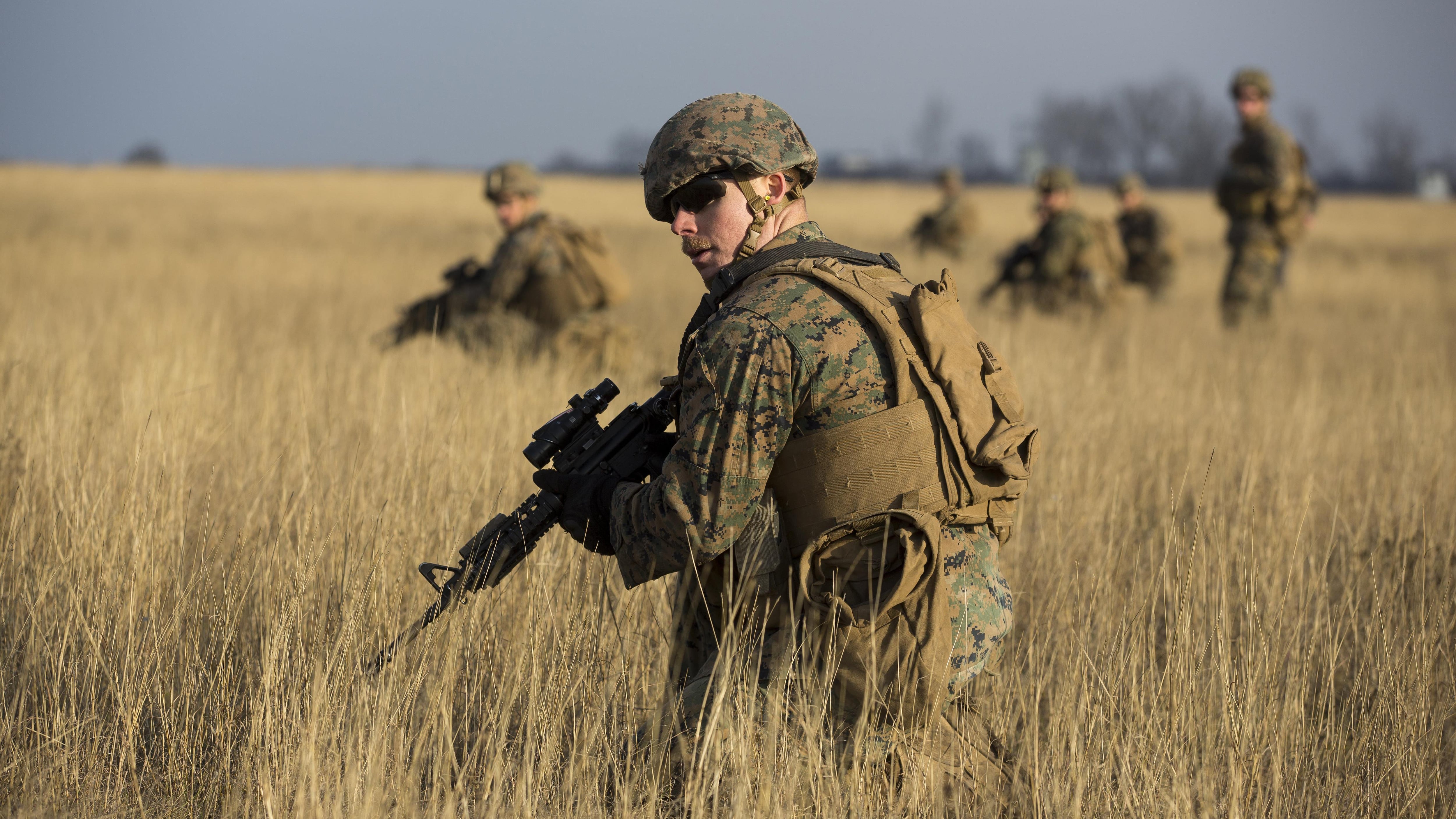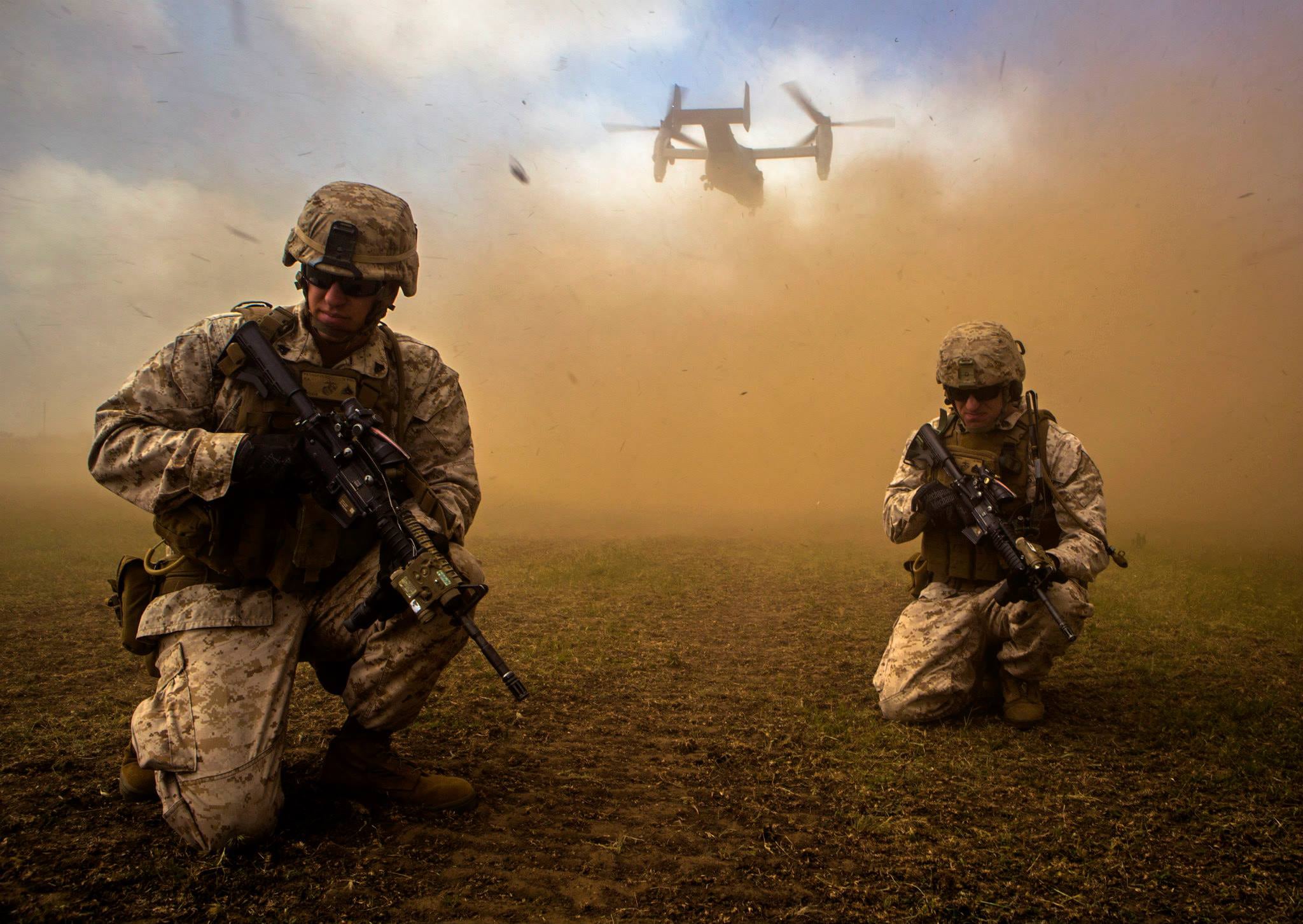The Corps’ final deployment as part of the Black Sea Rotational Force wrapped up in September as the Marines pulled out of Romania — now the Corps is focusing its attention on the Arctic.
The Corps has been sending a small group of several hundred Marines to the Black Sea region for at least eight years.
The Marines in the region focused on training, advising and carrying out theater security cooperation exercises from Ukraine to Georgia.
But the Corps is now focused on a strategic shift to Europe’s high northern flank in the Arctic tundra.
RELATED

This summer Norway agree to host a nearly doubled rotation of Marines to the Scandinavian country for extreme cold weather training.
The nearly 700 Marines arrived in Norway as part of Marine Rotational Force-Europe, the Corps’ largest deployment and first expanded rotation to the Arctic country.
However, the end of the Black Sea rotation couldn’t come at a more awkward time as Russian provocations in the region continue unabated.
In November, a naval confrontation between Ukrainian and Russian ships caused tensions in the region to dramatically escalate.
Russian ships confiscated the three Ukrainian ships and their crews at the Kerch Strait, which separates the Black Sea and Sea of Azov.
But despite the Corps flex to the Arctic, Romania and the Black Sea is still getting plenty of attention from U.S. forces.
“At the recommendation of the Romanian government, U.S. European Command has placed a highly trained and fully capable rotational combat force comprising U.S. Army soldiers, Navy sailors and Air Force airmen who are deployed in Romania, which is the most comprehensive and lethal force seen in the region in years,” Beth E. Clemons, a spokeswoman with U.S. Army Europe, told Marine Corps Times.
Shawn Snow is the senior reporter for Marine Corps Times and a Marine Corps veteran.




